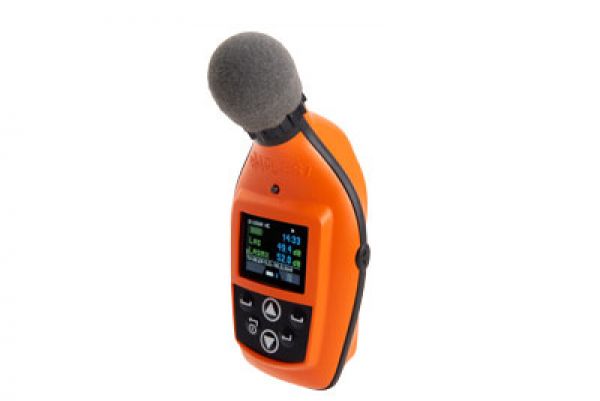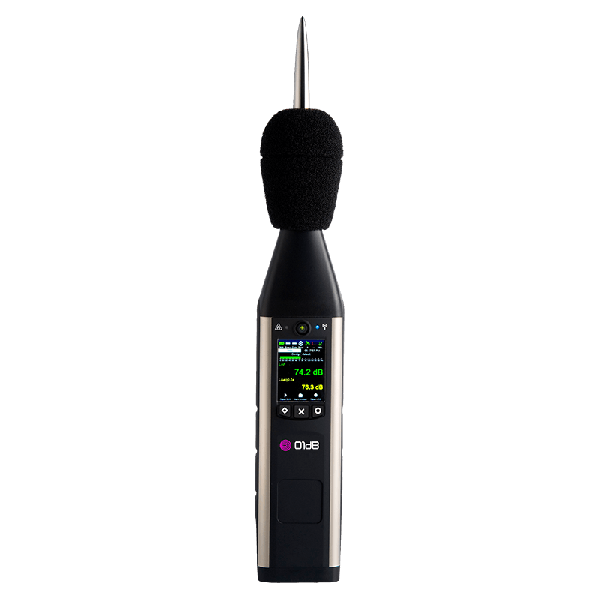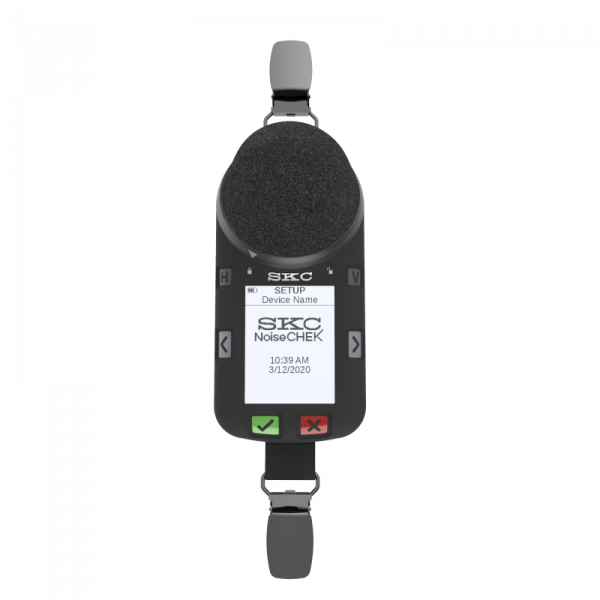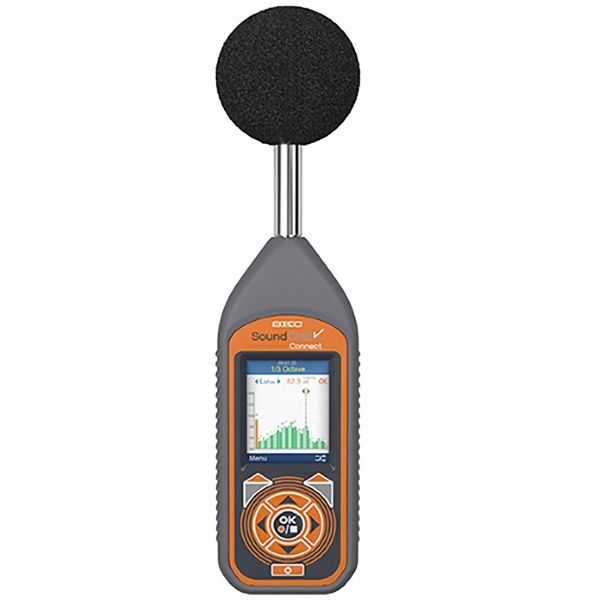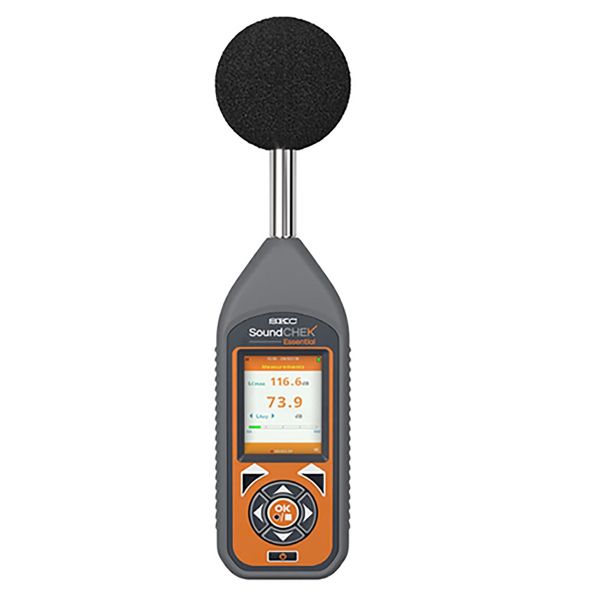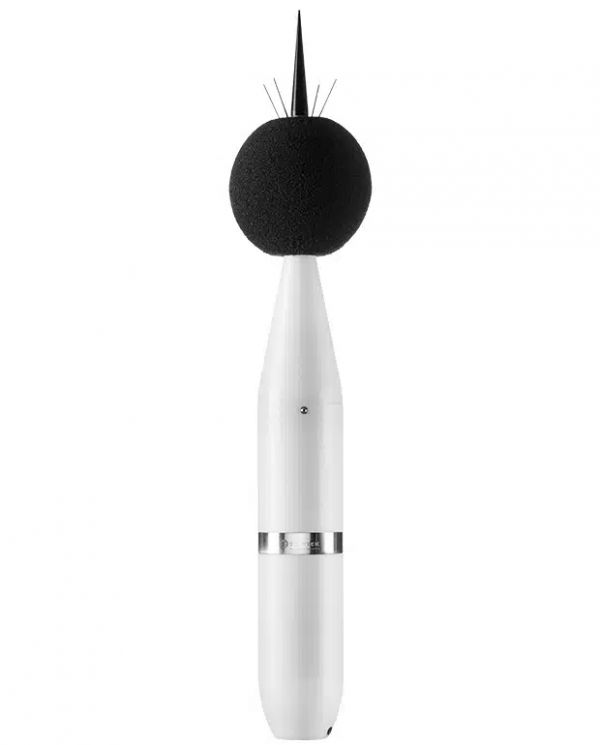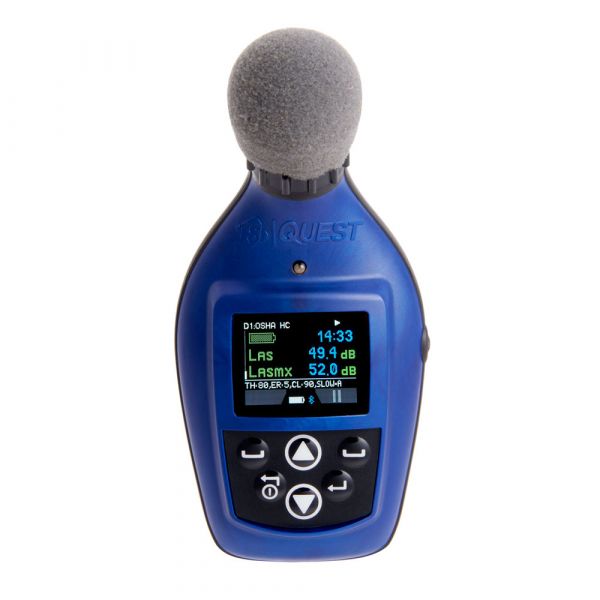Noise and Sound Monitors
Excessive workplace noise, as defined under AS/NZS 1269.1:2005 and Work Health and Safety Regulations can cause a range of health issues including temporary or permanent hearing loss or tinnitus if noise levels are not correctly managed or there is failure to implement hearing protection. Beyond the acute health impacts of excessive noise exposure, it can also impact productivity, increase accident risk and pose a significant compliance risk.
Conducting noise assessments with a sound level meter or noise dosimeter can assist in:
- Identifying workers at risk of hearing loss
- Determining the noise source or process source causing the risk
- Identifying any noise control measures that are required to be implemented to protect workers
- Confirming the effectiveness of existing control measures and whether these need to be adjusted to ensure better protection
Choosing a Noise Dosimeter or Sound Level Meter
The two main categories of noise and sound monitors - sound level meters and noise dosimeters - function in a similar way by measuring and recording sound. However, they serve different purposes:
- Sound Level Meter - Handheld instruments that measure the noise associated with a particular process, such as use of machinery, or within a certain area. Sound level meters have a range of uses including conducting spot checks, environmental noise assessment and acoustic analysis.
- Noise Dosimeter - Small, wearable instruments that are attached to a worker's clothing in close proximity to the ear. Noise dosimeters are worn while a worker conducts their usual work and are essential in monitoring personal exposure to noise for safety and compliance purposes.
It is important to consider the monitoring requirements specific to the project when selecting and using a noise and sound monitor.
To find the right sound level meter or noise dosimeter for your workplace monitoring needs, contact our team at one of our locations across Australia today.

